Graduate College
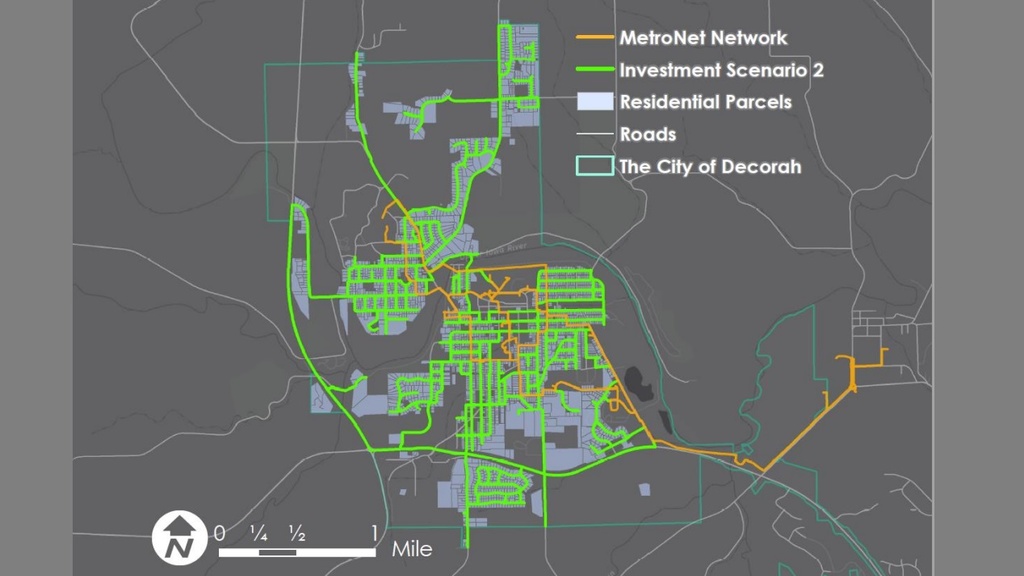
MetroNet Plan
Students in the School of Urban & Regional Planning conducted an economic impact analysis of extending the current fiber optic system and provided recommendations on how best to continue enhancing the service and a 28E partnership between six stakeholders.
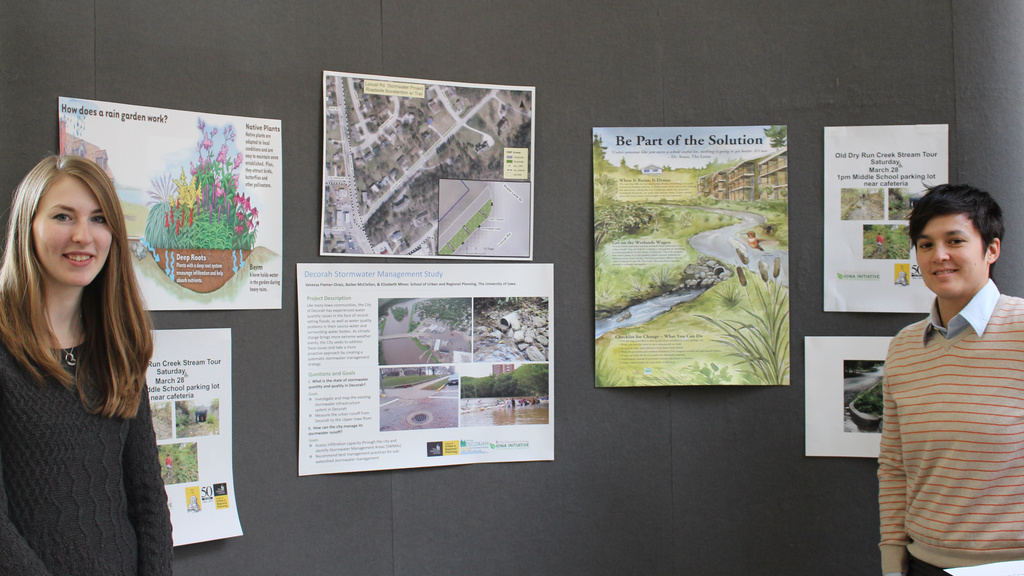
Stormwater Management and Utility Planning
Graduate students in the School of Urban and Regional Planning researched models of financing, established a budget, and developed a list of priority stormwater management projects based on their projected budgets and impacts to water quality and quantity in the community for Decorah, Iowa's implementation of the storm water management policies.
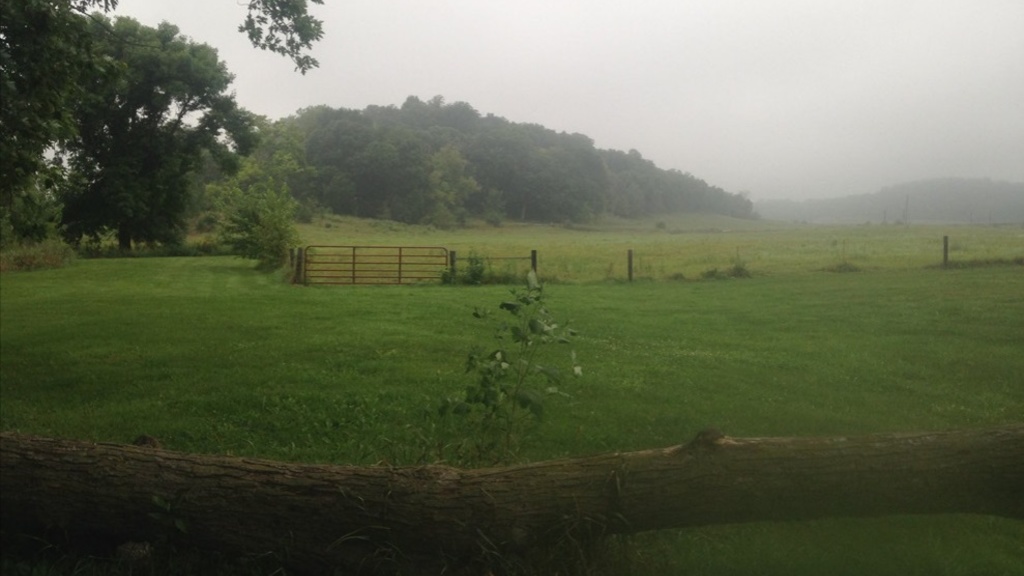
Economic Impact Study of Frac Sand Mining Industry
Winneshiek County sought to understand the possible economic impacts that the frac sand mining industry could have if it became established in the county. For this project, graduate students in the School of Urban and Regional Planning performed a comprehensive economic impact study that evaluated the short and long-term gains and losses to the county's economy that could follow from the industry’s establishment. The students assumed a single-mine scenario to contextualize mining impacts in three areas: county accounts, private accounts, and social costs.
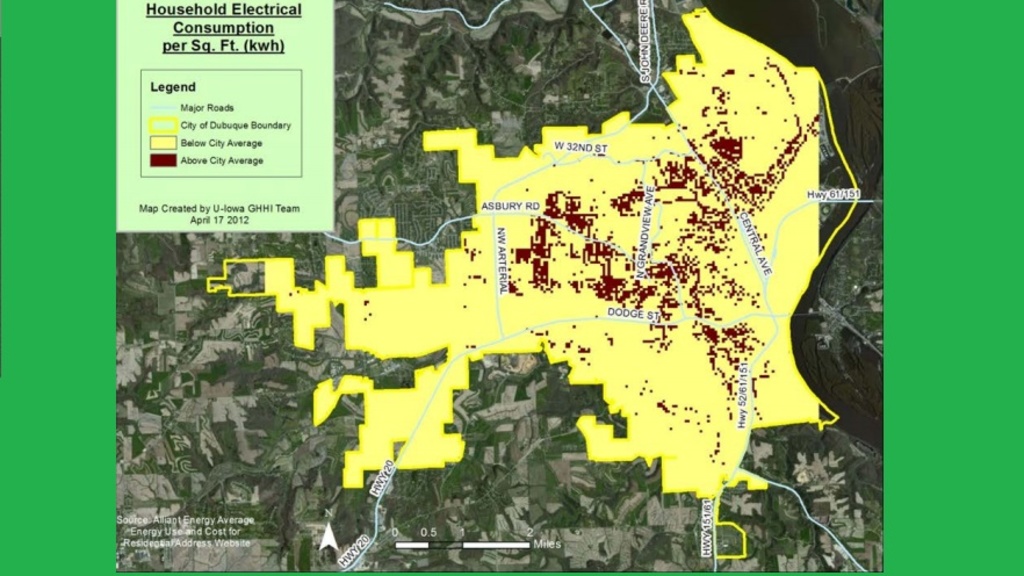
Design of the Green and Healthy Homes Program
Graduate students in the School of Urban and Regional Planning worked with city officials to provide recommendations and two tools for the City of Dubuque to expand its Green and Healthy Homes Initiative (GHHI).
The tools developed included the Priority Model and economic feasibility calculator for rental units. Other recommendations included strategies to engage renters and landlords; innovative funding; interdepartmental cooperation building; and participant engagement and outreach.
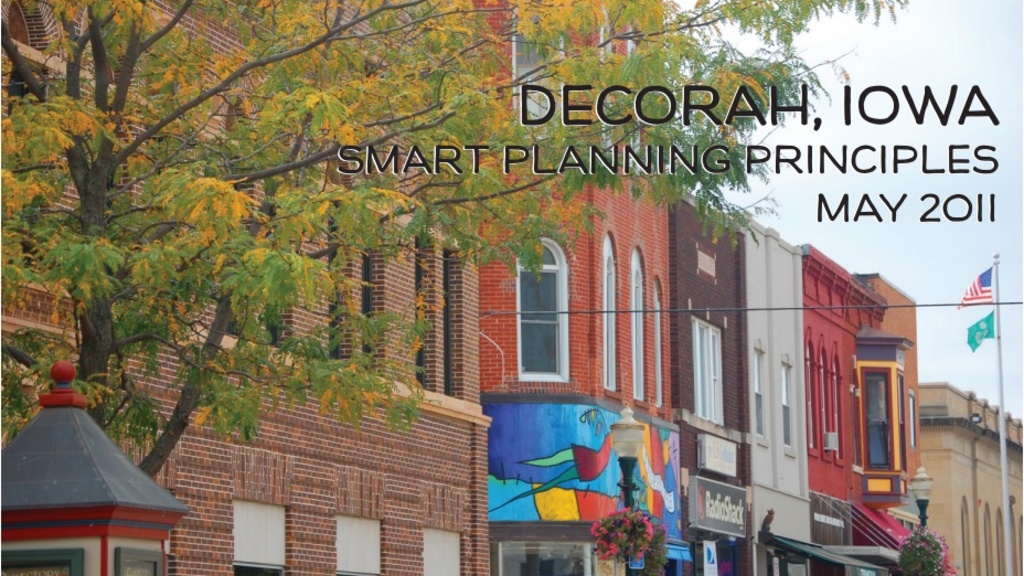
Decorah Iowa Smart Planning Principles
Graduate students in the School of Urban and Regional Planning worked with city officials in Decorah to assist in the preparation of a revised comprehensive plan that included Iowa's Smart Planning Principles, which were adopted in 2010 by the Iowa Legislature.
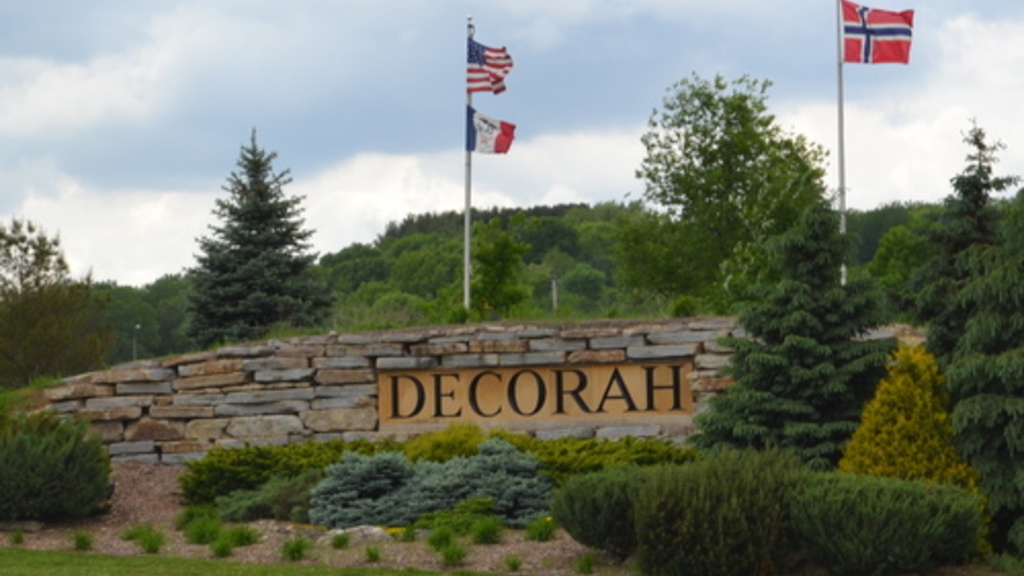
Decorah WE CAN Sustainability Plan
Graduate students in the School of Urban and Regional Planning worked closely with a citizens group in Decorah, We Can Decorah, to promote energy conservation and the use of environmentally friendly stormwater drainage techniques.

Neighborhood Housing Study
Students from the Urban and Regional Planning Department completed a housing plan for Sioux City, IA with the main goal of coordinating reinvestment in distressed areas.

Leeds/Floyd Boulevard Corridor Study
This project focused on the Leeds Neighborhood, located in northeast Sioux City. The commercial corridor within this neighborhood serves as the northeast entryway into Sioux City. The corridor contains a mixture of small retail stores, restaurants, and service establishments that serve the local neighborhood. As new national brand commercial developments continue to develop to the south of the Leeds neighborhood, the future character of its commercial corridor has been called into question. Students from the Urban & Regional Planning Dept.

Active Transportation Plan - Blue Zones Project™
Graduate students in the School of Urban and Regional Planning conducted a project that aided Sioux City in fulfilling its recently-designated Blue Zones ProjectTM requirement of developing an active transportation plan.
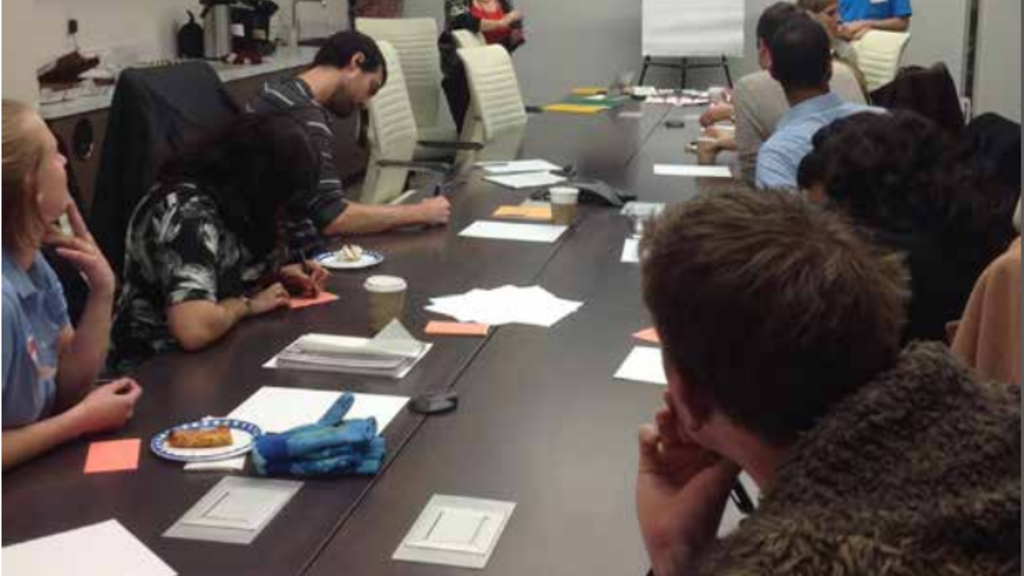
Attracting and Retaining a Quality Workforce in Cedar Rapids
Student in the School of Urban and Regional Planning conducted a project that evaluated the workforce of Cedar Rapids and determined the gap between supply and demand for quality workers. Students sought to understand the reasons for both attracting and retaining new workers.
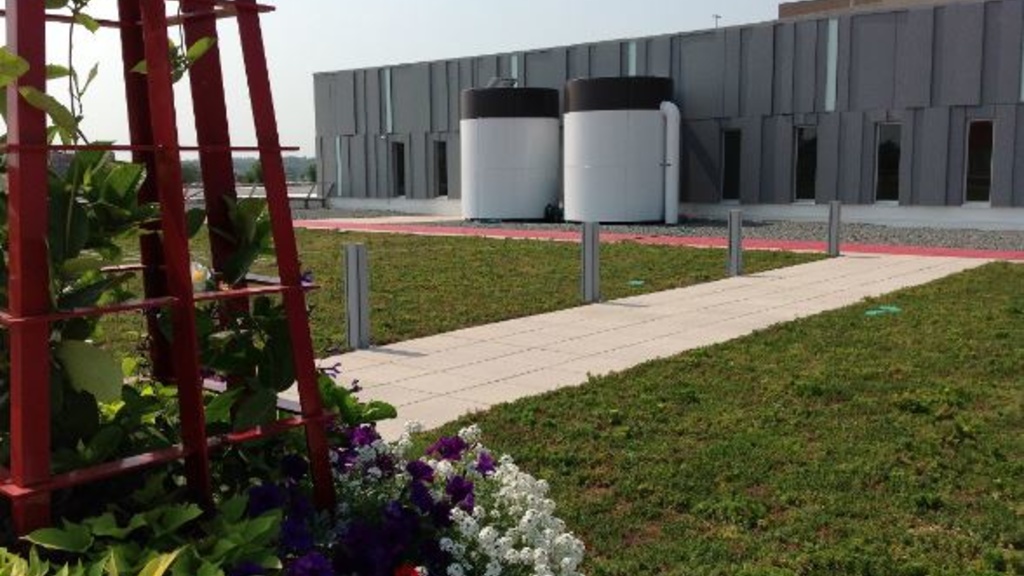
Evaluation and Development iGreenCR Program
The iGreenCR program was developed in late 2011 as a coordinated strategy to promote and brand Cedar Rapids’ sustainability efforts under one program rather than separate departmental initiatives. Students conducted research to evaluate community awareness and willingness to embrace sustainability, as well as their current level of awareness of iGreenCR.
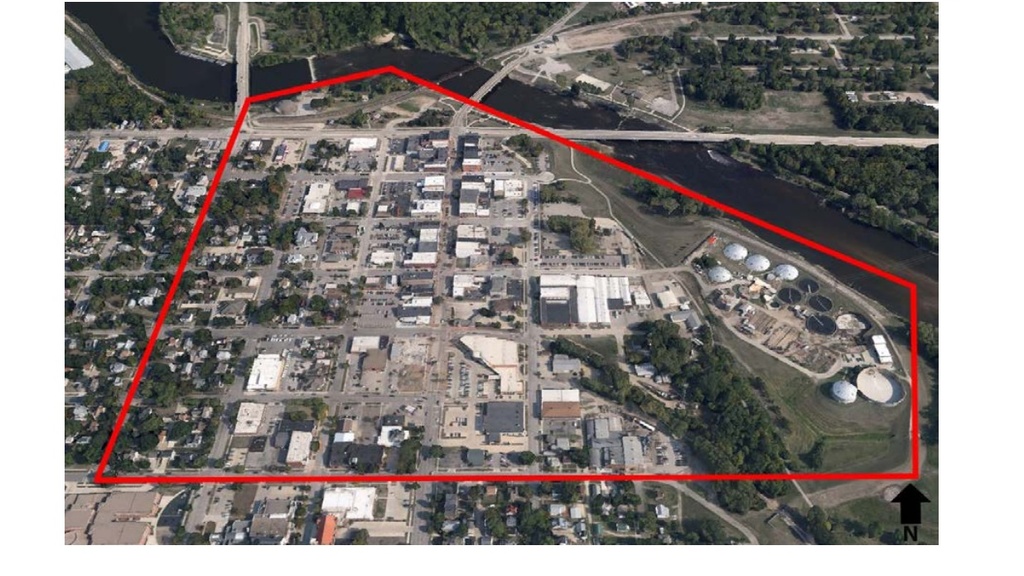
SSMID Planning, Creation, and Implementation
Students in the School of Urban and Regional Planning conducted research on best practices for creation of a SSMID for Cedar Rapids, IA. Students held public meetings and worked with CV/NB Main Street staff to acquire the necessary support to pass a SSMID.